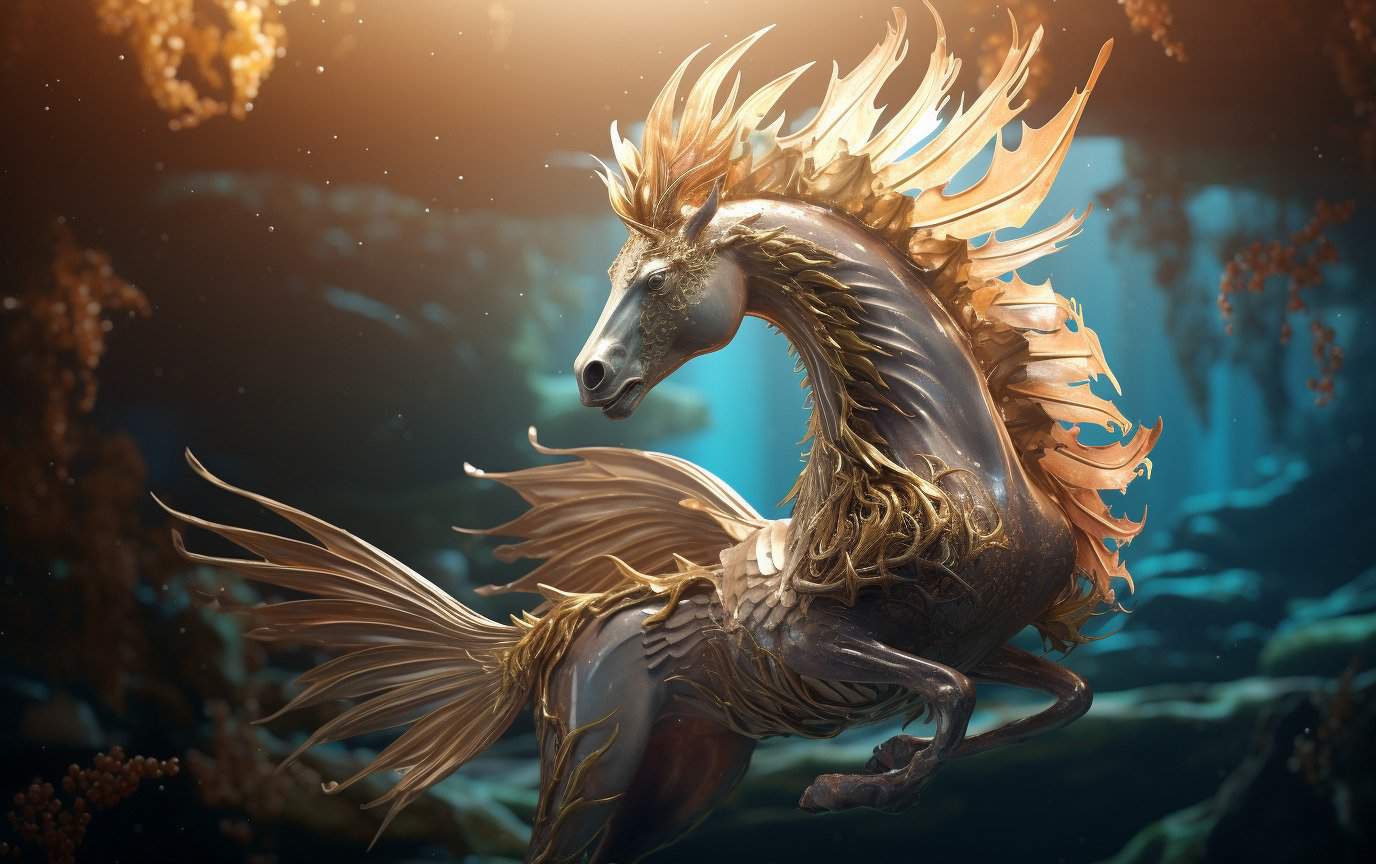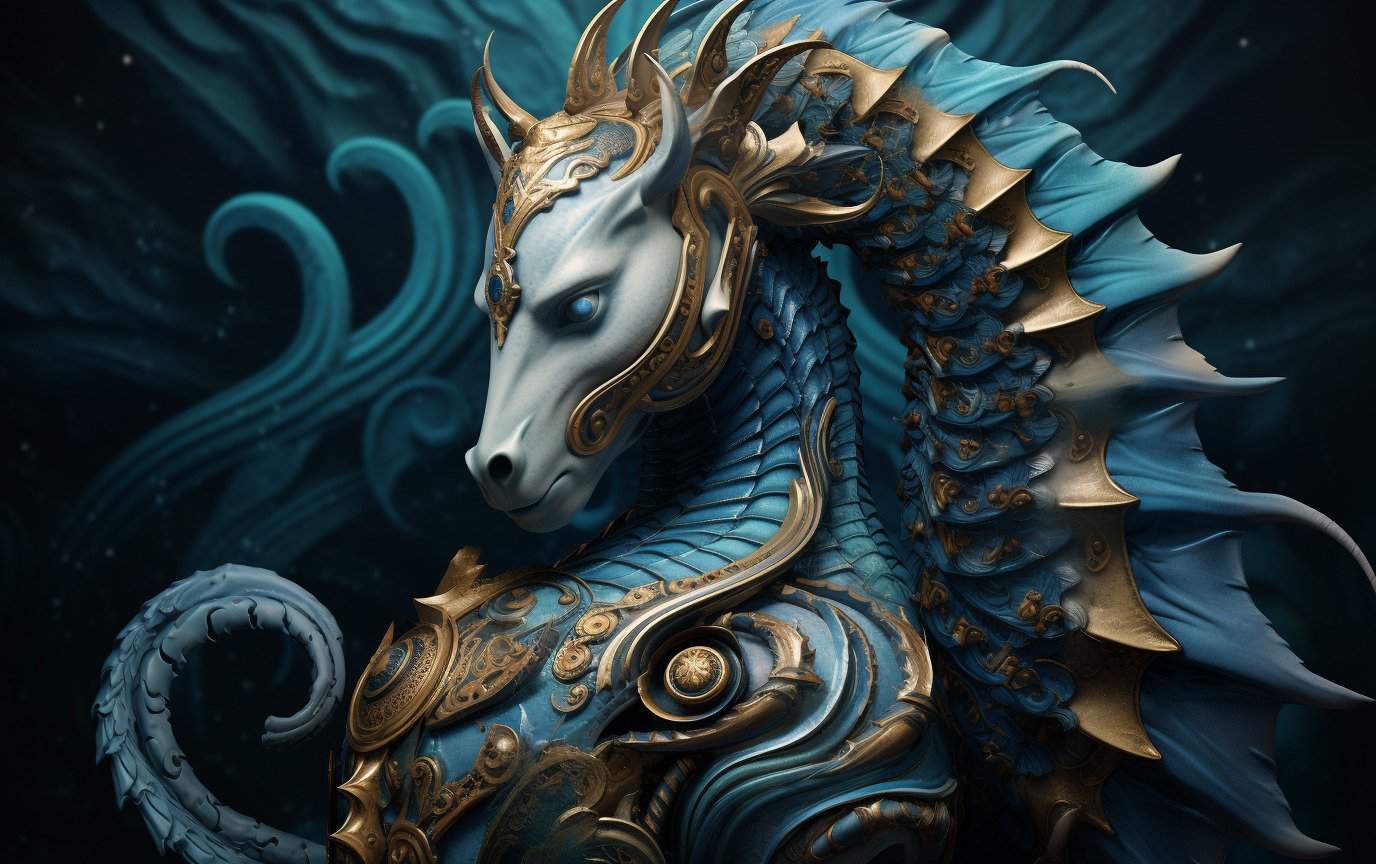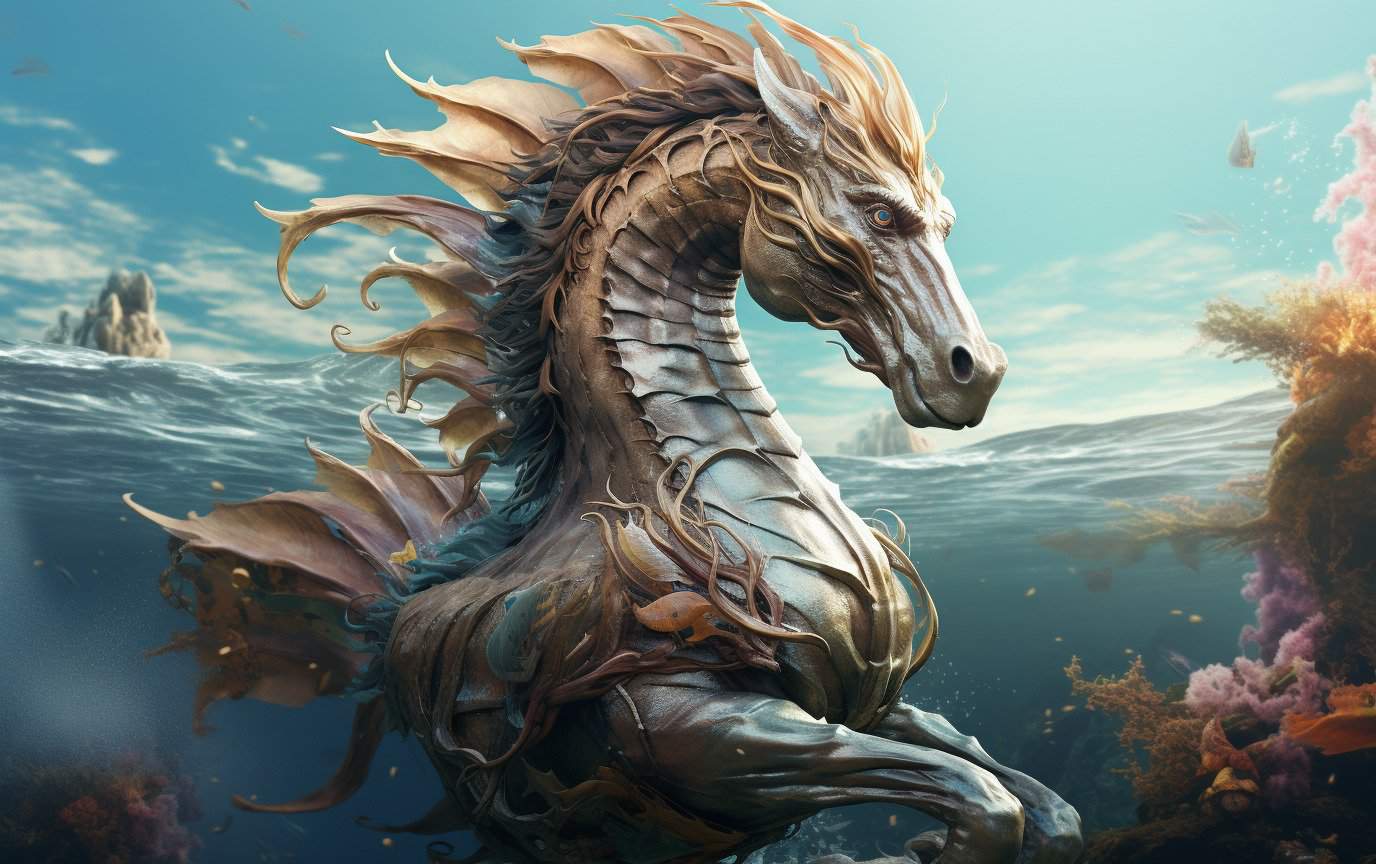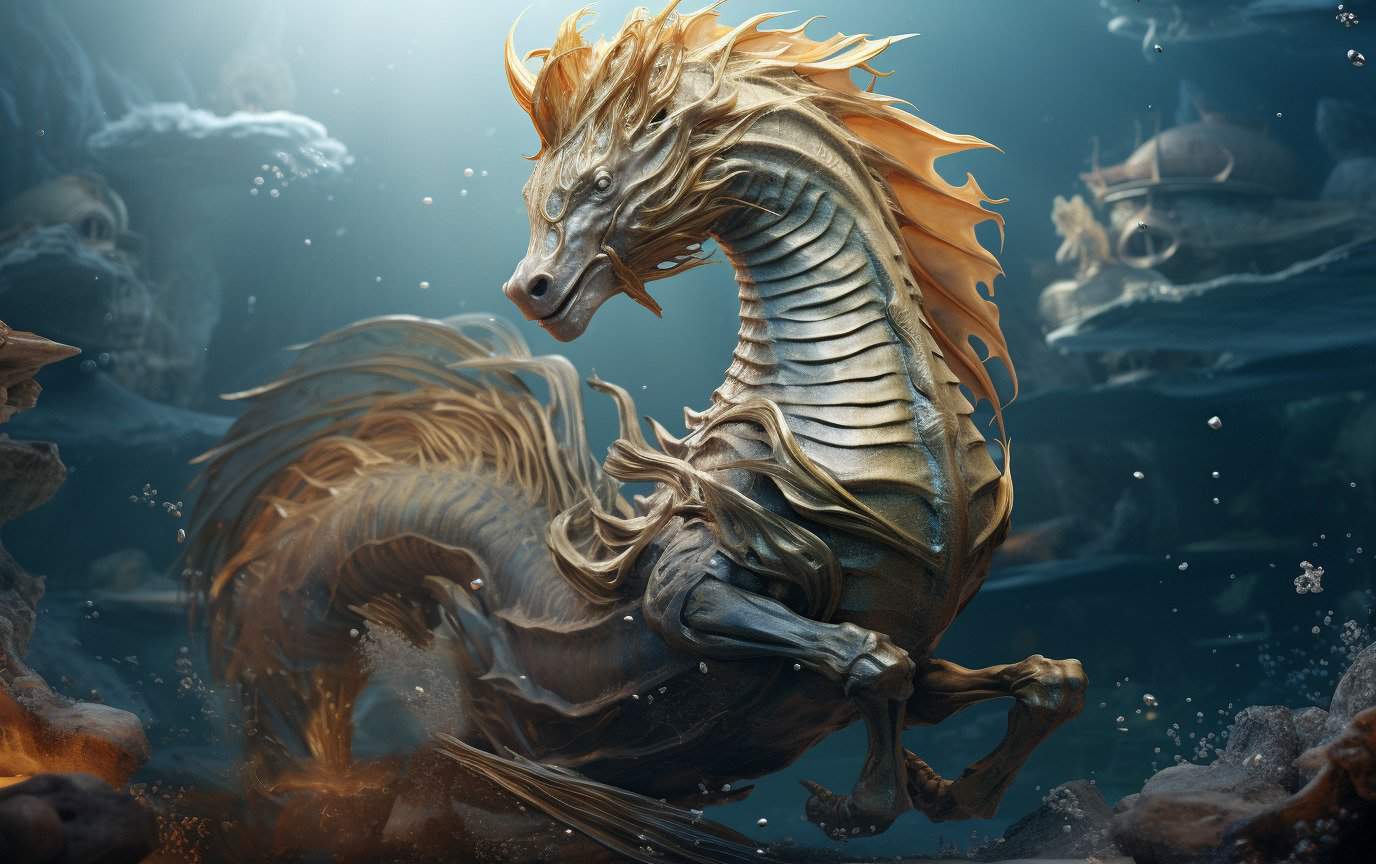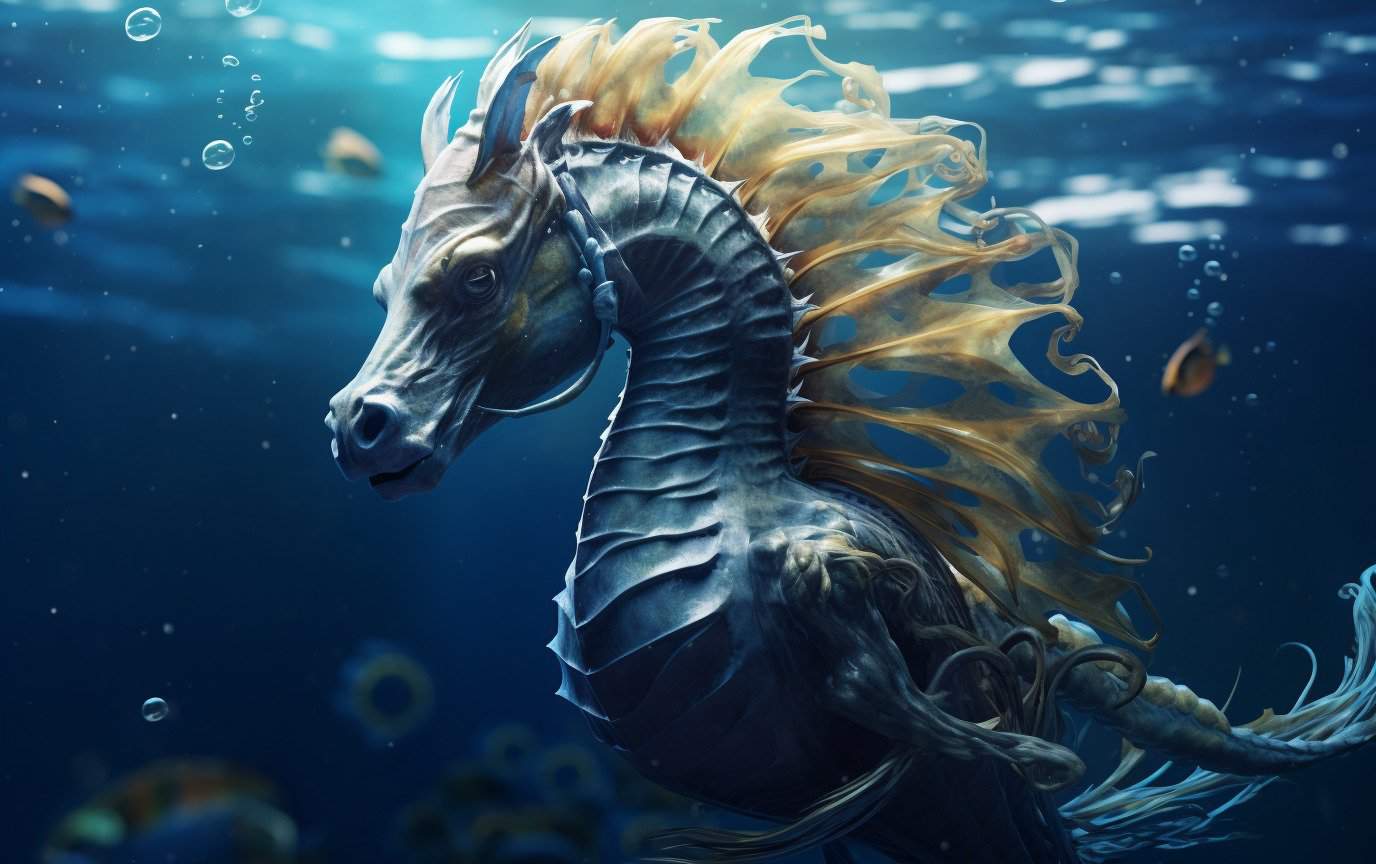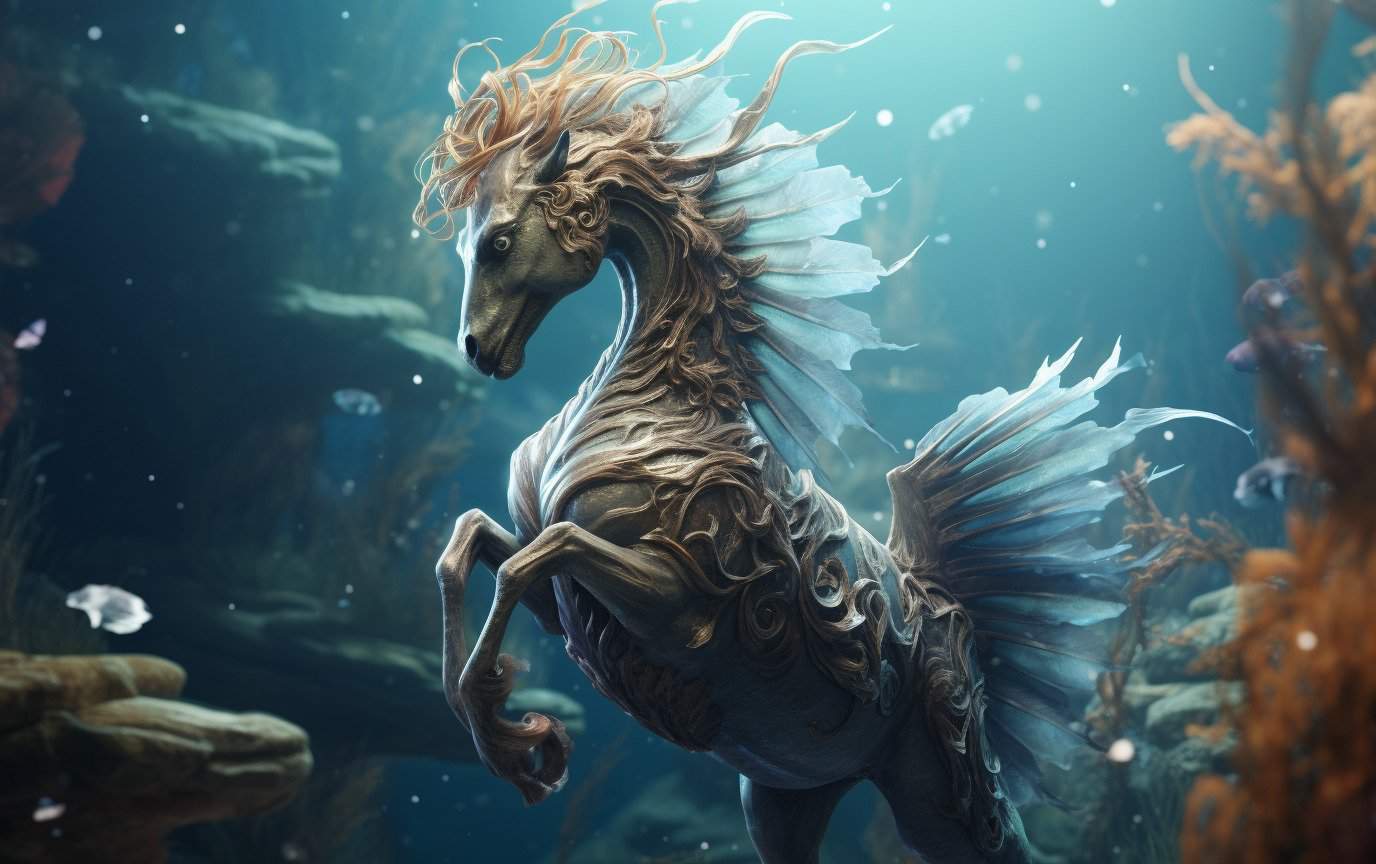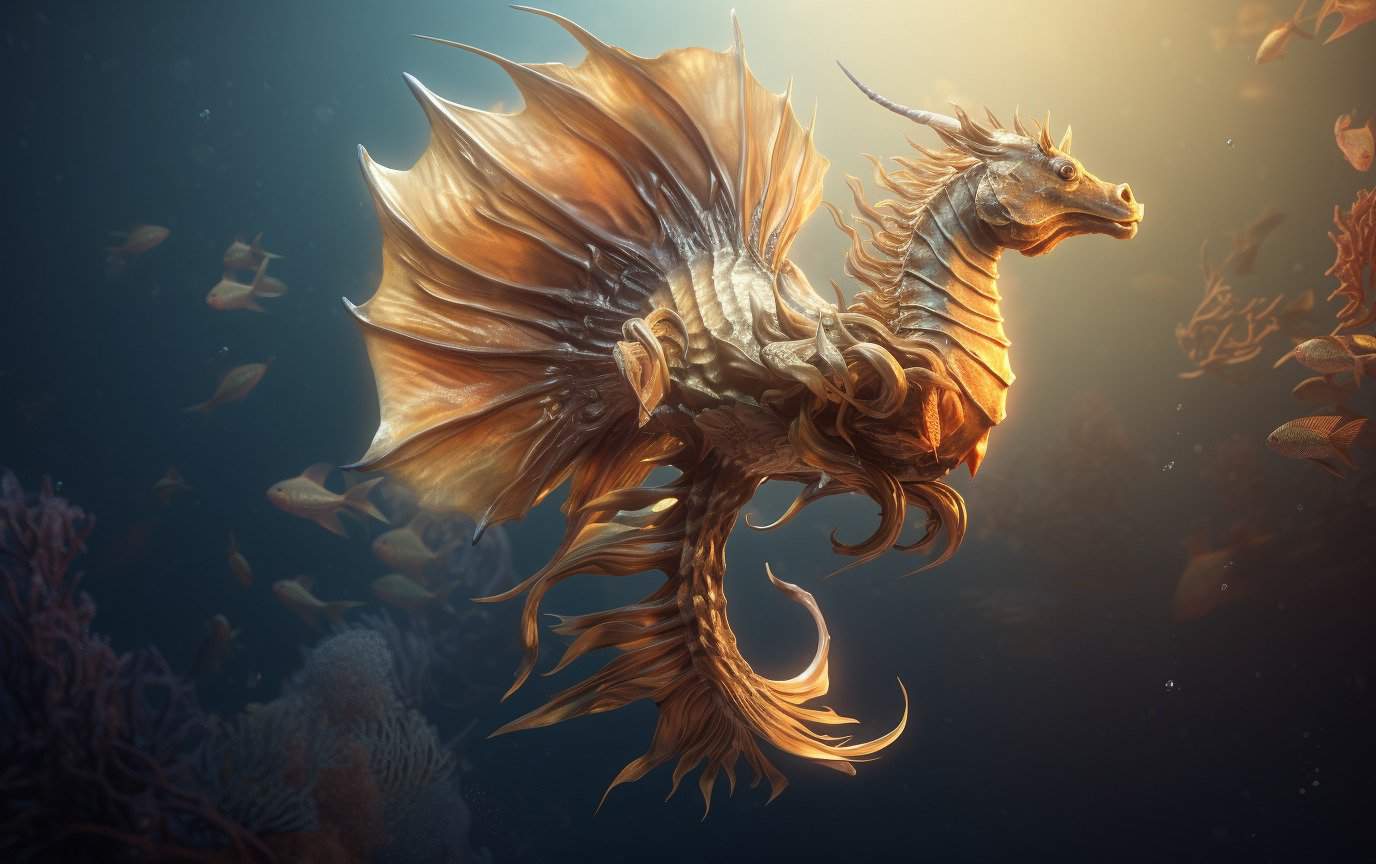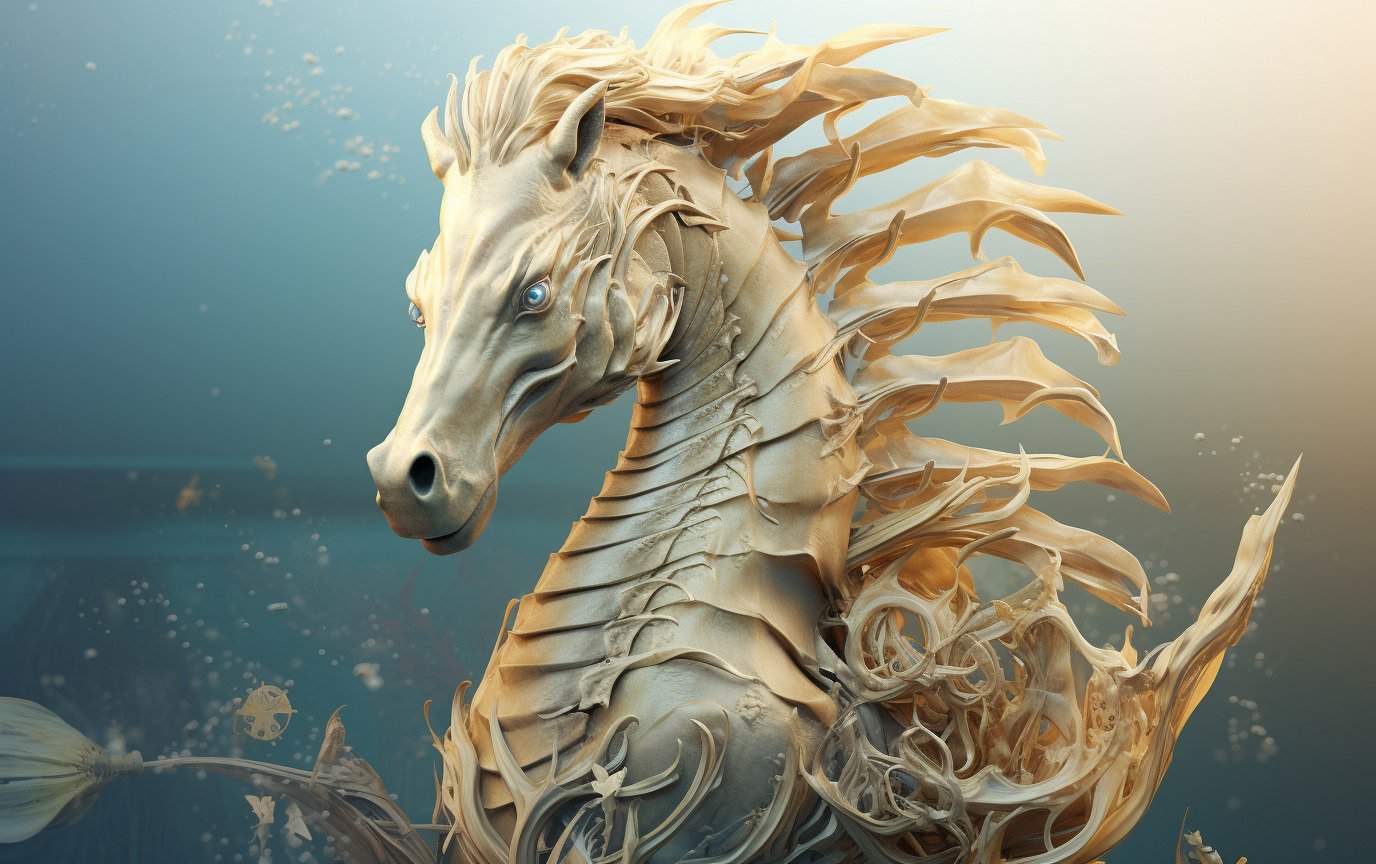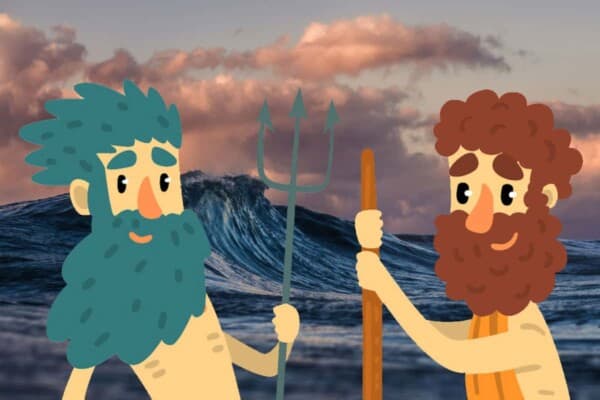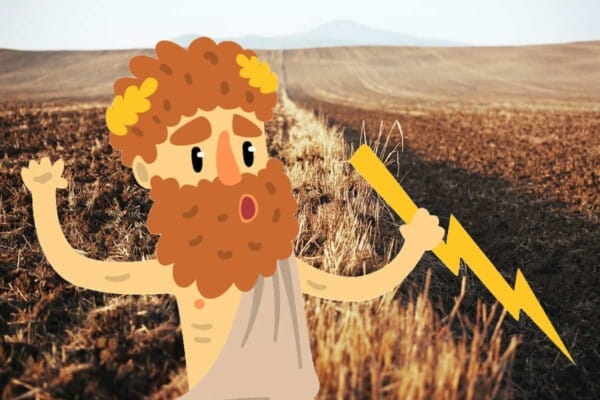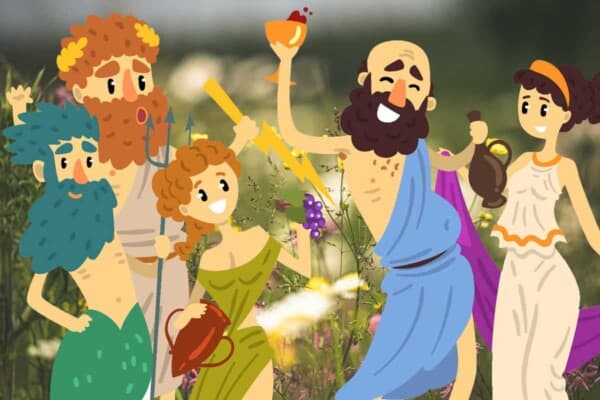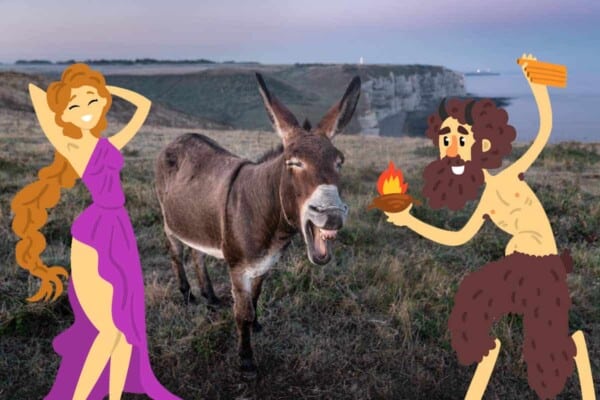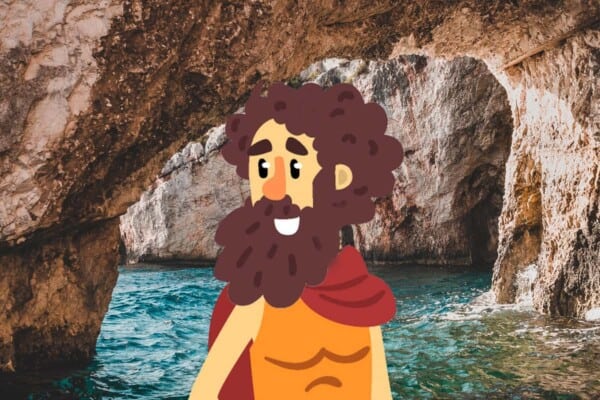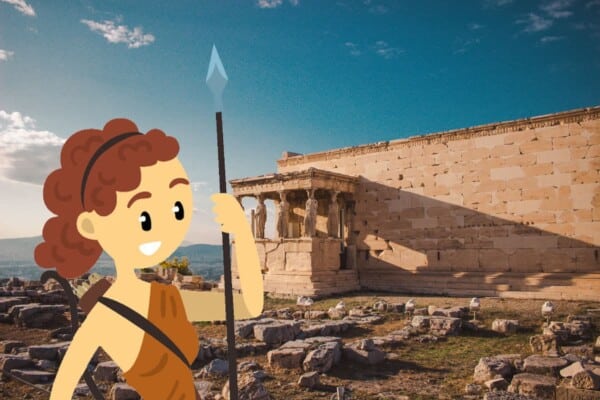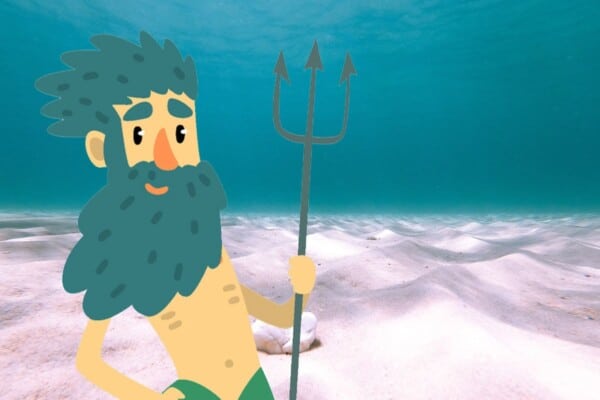The internet is riddled with cute pictures of cat mermaids, but did you know that there is a creature that, according to the Greek mythology, is even more fascinating and strange?
Don’t believe us? Well, what do you think is stranger? A mermaid with cat ears or a horse with a fishtail?
Our answer is quite obvious, and considering its wondrous nature, we wouldn’t mind sharing everything we know about this unique looking equine so you better understand what makes it so special.
So, without further ado, let’s get into one of our favorite mythological creatures around: the hippocampus!
The Strange Legend of the Hippocampus
A Hippocampus is, as mentioned previously, a horse with a fishtail. The word in itself is meant to represent its strange nature, with hippos translating directly to horse and kampos translating to sea monster.
As such, you’ll also find plenty of pictures online of the Hippocampus after googling Greek mythology sea-horse.
While the design of the creature may seem strange, it used to be associated with the gods of the sea, specifically with Poseidon. They were the horses that pulled his chariot through the sea after all.
This is why you can see Poseidon almost always surrounded by the sea-horses, and in most art depictions they are seen as both majestic and powerful creatures.
Poseidon is also seen surrounded by them at all times because he is not just the God of the Sea, he is also the God of Horses, alongside earthquakes which are meant to split open the earth with their roaring.
When he created them, Poseidon wanted to create the most beautiful animal on earth, and as far as we can tell, he was not disappointed in the slightest by his end result.
In order to make them whole, Poseidon had to use ocean waves, which is why the Hippocampus most often times represent the deep connection that humans have with the Greek Gods and the mermaids, or the sea nymphs.
Despite the fact that they are seen so much in art pieces, when it comes to the Greek mythology, the Hippocampi lived quite secretive lives in the ocean, keeping to themselves most of the time.
They are very trustworthy and beautiful creatures that roam the open sea as they like, and whenever the Gods seek an audience with the Lord of the Seas, they would need to ride the Hippocampus to them.
Because of their trustworthiness and because they very rarely were seen as instigators, they were believed to be good omens, especially so to the sailors alongside the sea nymphs.
Just keep in mind that while they are technically mythological sea-horses, you shouldn’t mistake them for other water horses such as the Scottish Kelpie or any of the other variants from Scandinavia.
That is because for the most part, sea horse creatures are seen as evil monsters that roam the seas attacking sailors and anyone that dares to come close to them, while Hippocampi are known for being peaceful hermits that roam around the open sea freely.
Another interesting fact about the Hippocampus is that it’s not the only fish tailed creature in Greek mythology. You may also know about the following:
- The Leokampos – The Fish – Tailed Lion
- The Taurokampos – The Fish-Tailed Bull
- The Pardalokampos – The Fish-Tailed
- The Aigikampos – The Fish-Tailed Goat
By far the most famous of all of these is the Aigikampos, or the fish-tailed goat.
This creature, also often times referred to as the Capricorn, is the one that you can see in the modern-day zodiac, which is why so many people know about it even to this day.
What Are the Hippocampi?
Now that we know what they look like and where they’re most popular from, how about we give you a brief rundown of what they symbolized and why they were considered to be Poseidon’s greatest creation.
To start us off, let’s just say that the hippocampus represented water, power, bravery and most importantly, helpfulness. Thinking outside of the box back in the day was considered to be a characteristic that you could make use of only through the spiritual help from the hippocampi.
They are also closely associated with Neptune, the Roman God of the Sea, and they can also be seen all across several other mythologies as peaceful helpers that boost the God’s followers’ imagination and creativity.
As far as their powers are concerned, they are said to be able to control the water and the weather with a single thought. On top of that, they’re immortal, but that is not to say that they can’t die, they just choose not to.
Because they were created to be the perfect beings, they can choose when or if they even want to die in the first place. Besides all of that, they also have a plethora of powers that come with most Greek mythology creatures, including enhanced senses, strength, speed and the ability to jump really far.
While they were never the instigators of any altercations, they would use their tails when under attack, keeping any enemy at a safe distance until they could run away using their super speed.
They also had very strong bites which would allow them to take down their opponents, although they very rarely needed to make use of them since for the most part, any creature of the sea knew not to pick a fight with them.
Another interesting fact about the Hippocampi is that they usually travel in groups of ten, and they are large enough to turn the bottom of the sea dark with just their shadows alone.
They can be found in both saltwater and freshwater, but they very rarely come up to the surface since they don’t need air nor do they want to for the most part.
In some instances, they are seen coming to the surface to eat, but that is only if the underwater food sources are completely drained.
In most interpretations it is said that they don’t even need to come up to eat because they feed on algae, seaweed and different sea plants to get their protein in.
What Is the Hippocampus Known For?
Despite being a largely peaceful ocean hermit creature, the Hippocampus was well respected by all other sea creatures, even the sea elves, the mermen and the sea gods had to ask them politely to mount them after all.
They’re usually described as being green and blue, and for the most part they were seen as the underwater saviors that came over to rescue you if you were in peril.
Even Poseidon is said to have looked at them in awe, believing to have created the perfect creature to serve him.
In Homer’s Iliad, these hippocampi are said to be “two-hooved horses” that rose up from the sea pulling the chariot that Poseidon would ride on.
In other depictions though they were said to have fish fins, green scales and appendices, and when it comes to the art choice, they are usually just normal horses from the waist up with elastic fins rather than hair and webbed fins replacing the back hooves.
In the Etruscan mythology though, hippocampi were believed to be horses with wings similar to the Trevi Fountain from Rome. We know that this was the case based on just how many reliefs and tombs have this depiction of them drawn on them.
In the Pictish mythology though, the hippocampus was referred to as either the Pictish Beast or the Kelpie. This mythology came directly from Scotland, and as such you can still find plenty of stone carvings that showcase the mystical Kelpie springing from under the sea.
Popular Portrayals of the Hippocampus
Other than those famous depictions though, they were also quite prevalent in other mythologies around the world.
Take for example Melqart, Tyrus’ patron god. He was often times drawn riding a winged hippocampus around the fourth century BC. Because of this, Hippocampi could also be seen carved on the Byblos coins, where they’re showcased swimming under a warship.
On top of that you also have the famous golden statue of a hippocampus from the 6th century BC. Let’s not forget about the fact that the image of the hippocampus can also be seen on the shields of countries that were located very close to the sea.
The Hippocampus also showed up in another Greek tale, one centered around the mother of Achilles. She is seen riding a hippocampus most of the time.
In the story, Achilles’ sword and shield were crafted by the blacksmith Hephaestus and they were delivered to him on that same hippocampus.
What Does the Name Hippocrates Mean?
Many people believe that one of the most famous physicians from ancient Greece, none other than Hippocrates, was named after this mythical creature, but that is not true.
As it turns out, apparently the so-called Father of Medicine was actually named after the term “horsepower”, since the words hippos (horse) and kratos (power) together are meant to represent that.
While it doesn’t necessarily make all that much sense to begin with, as it turns out, a name doesn’t necessarily have to mean any more than what it already is, aka a name.
So while we can definitely make an argument for it being a reference to his creativity and brilliance, it’s most likely just a random name that sounded good at the time.
Why Are Seahorses Called Hippocampi?
While the term is mostly used for the mythical creature from the Greek mythology, it is also used to describe the small seahorses that live in the ocean.
For those that didn’t know this by now, seahorses are technically classified in the genus Hippocampus. There are well over 46 species of seahorses in total.
While there is no proof behind the theory, some experts believe that the term hippocampi might be derived from the ancient seahorses that roamed the open seas back in ancient Greece.
The theory claims that these ancient seahorses were a lot larger than the modern seahorses, to the point where they were even referred to as their adult forms.
But just keep in mind that while the term is shared by both of them, the similarities end there as the magical sea-horses from Greek mythology were incredibly fast and powerful, to the point where they could easily blitz past most Gods underwater.
This is quite funny when you realize that according to the Guinness World Records, by far the slowest fish that you can find in the ocean is the dwarf seahorse, or the Hippocampus zosterae. It can be found in the Bahamas and in some parts of the US.
This breed is so small and frail that it can barely move at a pace of 5ft or 1.5m per hour, and it only grows up to a size of 0.8in or 2cm in total.
But if you think that the rest of the seahorses are any different, you’re sadly mistaken as they are considered to be amongst the worst swimmers in the ocean anyways.
Their body literally doesn’t allow them to move around freely like any other fish, they can only swim upright thanks to their dorsal fin as they push themselves up and to the sides to avoid being caught.
Why is the Hippocampus in the Brain Called That?
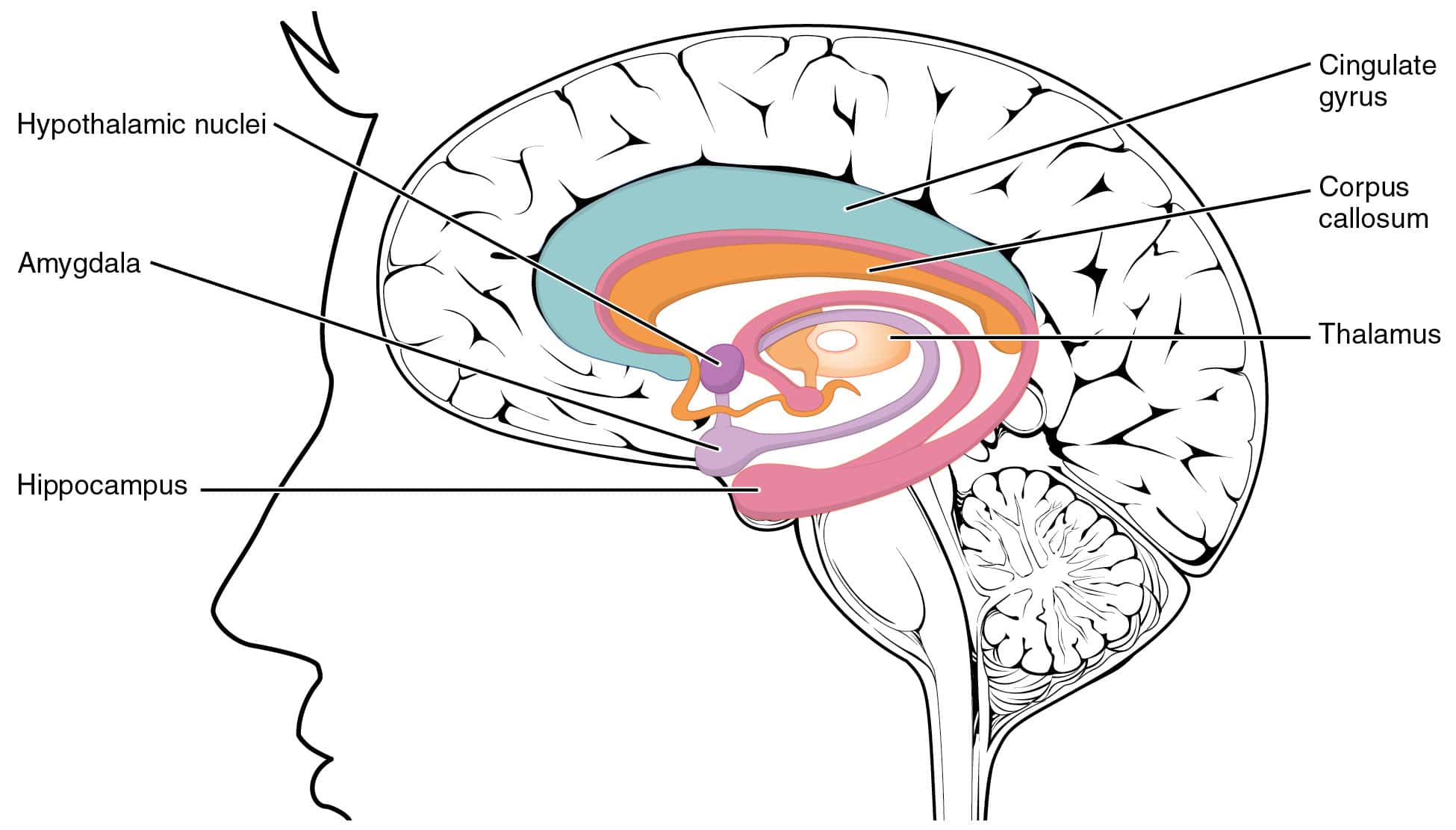
But hey, if you thought that the term stayed in the animal sphere, you’re sadly mistaken as the hippocampus is also used to describe a structure in the brain.
This segment can be found in the middle of the brain, a little over the ears, on both sides. This technically means that you have two different hippocampi in your brain right as you’re reading this text right here.
But what is the actual reason behind it?
It’s simple, really. The hippocampus was named by the great scientist Julius Caesar Aranzi back in 1587, and his reasoning behind this was that it looked very similar to seahorses. Since he happened to live in ancient Greece, he decided that the term hippocampus was perfect to describe it.
But there is a theory that after a while he tried to change the name because it looked a lot more like a silkworm than a seahorse, but the term had already caught on and he couldn’t do anything to change it at that point.
The Hippocampus in Culture and History
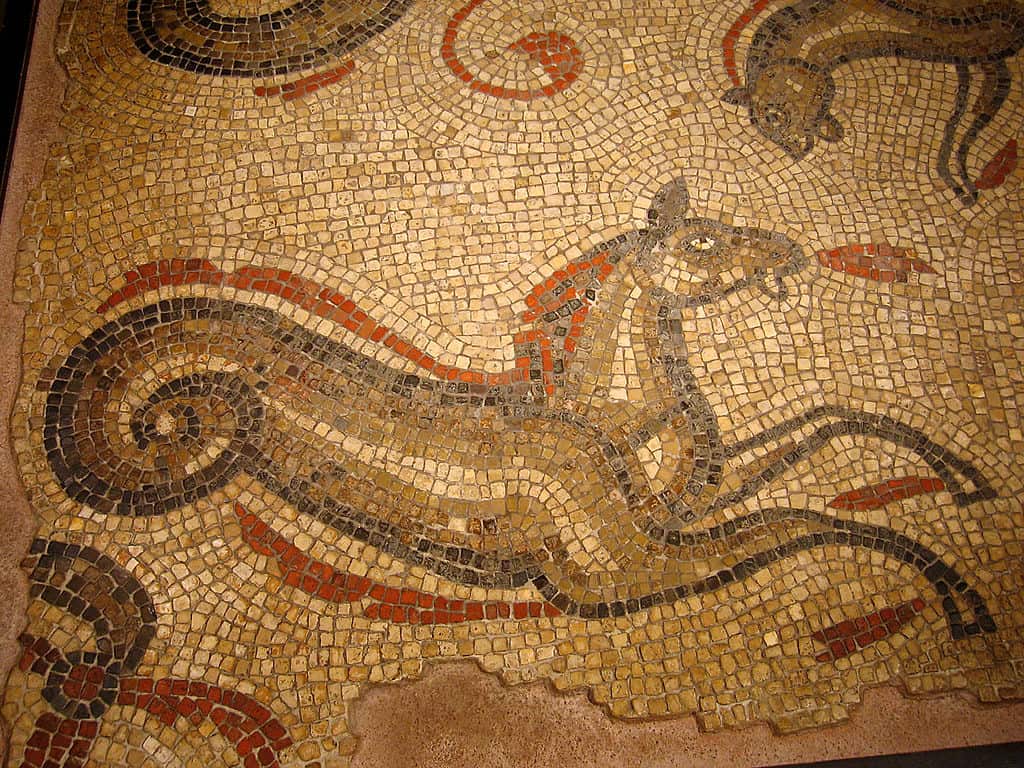
While it is believed that the myth of the Hippocampus originated from ancient Greece, it didn’t take long until it spread all throughout ancient mythology as a whole.
Back in the day, the image of the sea-horse was actually used most of the time as a heraldic charge. Other than that, it could also be used as a simple decoration for silverware, bronzeware, baths, paintings and even statues.
It was also closely associated with the Pegasus, another mythical horse-like creature from ancient Greece which was meant to represent divinity and immortality.
Because of how beautiful these designs were, the image spread like wildfire, to the point where we can even see places like Air France using the winged Hippocampus as its symbol back in 1933.
In Dublin, Ireland, the image of the bronze hippocampi is very visible on almost every lamp post around. If you want to see them for yourself you can just go to the Grattan Bridge and the Henry Grattan statue.
The image has become so marketable in fact that you can even see it in modern day films, televisions and even video games as a whole. Take for example Percy Jackson and the Olympians: Sea of Monsters and God of War.
They are two different mediums, with one being a book/movie and the other being a video game. In these you can see the hippocampus being showcased as a sea creature that works under Poseidon’s jurisdiction.
Last but not least we would like to mention the fact that one of Neptune’s moons was named after the well-known Hippocampus a few years ago.
Conclusion
So, now you know all there is to know about the wondrous sea creature known as the Hippocampus. While never the main characters in any story, they are always there to help sailors and people in need as long as they happen to be around the open sea.
Also, the next time you happen to find yourself at sea, and you see someone just barely making it out, remember to thank the Hippocampi for giving them a lift because you never know who could have given you a helping hand, or in this case, fin.

